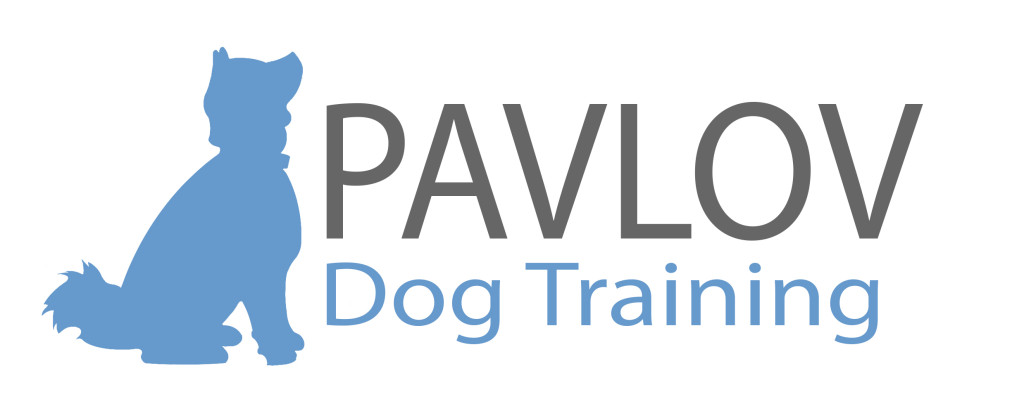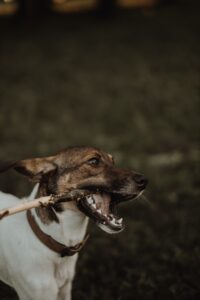WHY IS MY PUPPY CHEWING?
Despite their rolly polly exteriors, puppies are like marsh-dwelling alligators with razor sharp teeth, masquerading their true identity behind fuzzy adorableness and puppy kisses. From the vantage point of your puppy, the world is a huge toy chest filled with intriguing textures and tastes…all which must be orally experienced. And while dogs chew throughout their adult lives, puppies have exceptional vigor.
Your puppy chews for several reasons. For one, your puppy is teething like mad. Teeth are rupturing through the gum line and the easiest way to counter-balance the pressure UPWARD, is to neutralize it with pressure DOWNWARD. Secondly, dogs interact and understand the world through their mouth. They are note taking, mentally compartmentalizing, and simply put – it feels good.
And being the great grandchildren (to the 28th degree) of wild hunters, the dinning habits of your puppy’s ancestors required a fine set of chompers to consume dinner. Muscles and tendons required a lot of chomping, don’t they?
SOLUTIONS
Your first mission: accept the fact that puppy’s chewing will involve some degree of collateral damage. Yes, we said it. You second mission, follow these tips and your wallet will thank you.
1. STRATEGICALLY EMBED TOYS. If your pup primarily resides between the living room, kitchen, and bedroom, keep two or three toys easily accessible in that location.
2. INTERRUPT AND REDIRECT. When you see him chewing your favorite leather shoe, engage him in a chew toy BEFORE you take away the leather shoe. This will ensure you’re not teaching your puppy to guard precious resources.
3. MANAGE LIKE A BOSS. Crate train or tether him to a safe location when you cannot keep an eye on him. (Educate yourself on proper crate training before you think about putting him in a crate.)
4. COMMUNICATE. You’re not against him chewing per se, you just want him to chew specific items. Praise and interact with him when he’s chewing his toys.
5. PUPPY PROOF YOUR HOUSE. Don’t be a tease. Pick up anything he could chew.
6. ROTATE YOUR DOG’S TOYS. This will keep them interesting.
7. GIVE MENTAL STIMULATION. More energy output on walks, means less energy to chew inside.
8. EXPERIMENT WITH TOYS. Not all toys are equal. Try toys that squeak, toys that can be stuffed with food, plush toys that are soft. Different toys provide different chewing experiences.
ADDITIONAL NOTES:
Dogs also chew for attention, especially if chewing provokes a reaction when the dog has limited opportunities for involvement with family members. If your dog disengages with the item when you ignore him, then it is attention seeking. Indulge him with attention when he’s good and engage him in a game of keep-away when he has HIS toy.
Serious chewers may require professional intervention or teaching a meaningful “no.” If that’s the case, contact PAVLOV Dog Training.

